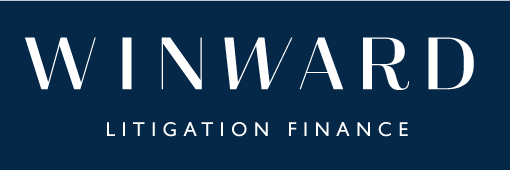Edwardian Group Ltd & Anor v Singh & Ors [2017] EWHC 2805
The fact that a party is funded can be a positive and a negative. It can certainly lead to tactical battles and satellite issues being ventilated. This is not what a funder would wish for, because funders rarely encourage the litigation to be any wider in scope than is strictly necessary – expansive litigation tends to cost more, and take longer. In a feisty unfair prejudice action (as most are), the respondents to the application sought an order that the petitioner disclosed documents in respect of the litigation funding efforts that it had undertaken. One of the aspects of the litigation that was most troubling was the delay between the alleged acts of unfair prejudice and the commencement of proceedings. This delay was also relevant when it came to assessing the valuation date of the shares. It was said by the petitioner that the central reason for the delay was that from 2009 to 2014, he actively but unsuccessfully sought funding to commence the litigation. The litigation funding documents fell into three categories – email correspondence with funders and brokers, discussions relating to the terms of funding and references to the legal advice on the merits or strategy. The petitioner’s position, broadly, was that the majority of the litigation funding documents were privileged and some could be withheld and others could be redacted. The petitioner therefore objected to their disclosure. One of the specific arguments made by the petitioner was that aspects of the funding discussions could allow the drawing of inferences as to legal advice, notably in relation to terms in the funding agreement about settlement, valuation, terms and amount of funding, definitions of success, provisions as to termination, funder’s return, amount of security, conditions precedent and warranties. The privilege claimed was legal advice privilege – communications between client and lawyer for the purpose of obtaining legal advice. Such privilege can be claimed in respect of other documents that evidence the substance of such communications. The Court identified the correct test as being whether there was “a definite and reasonable foundation in the contents of the document for the suggested inference” rather than mere speculation as to whether legal advice had been taken. On the basis of this test, whilst harbouring some doubts as to whether the test had been correctly applied across the suite of documents, the Court did not order the disclosure of the funding documents.
The case was not about litigation funding per se but it demonstrates how easily it is for litigation funding documents suddenly to become part and parcel of the actual case. Whilst it is assumed that litigation funders sit in the shadows, the reality is that the litigation funding is often front and centre so that funders, in the same way as lawyers, may need to justify their actions. Good document management is as important for funders as it is for anyone else in the litigation process. Funders have to be willing to have their documents and judgments placed under scrutiny. It certainly cannot be assumed that all funding documents will benefit from privilege.
